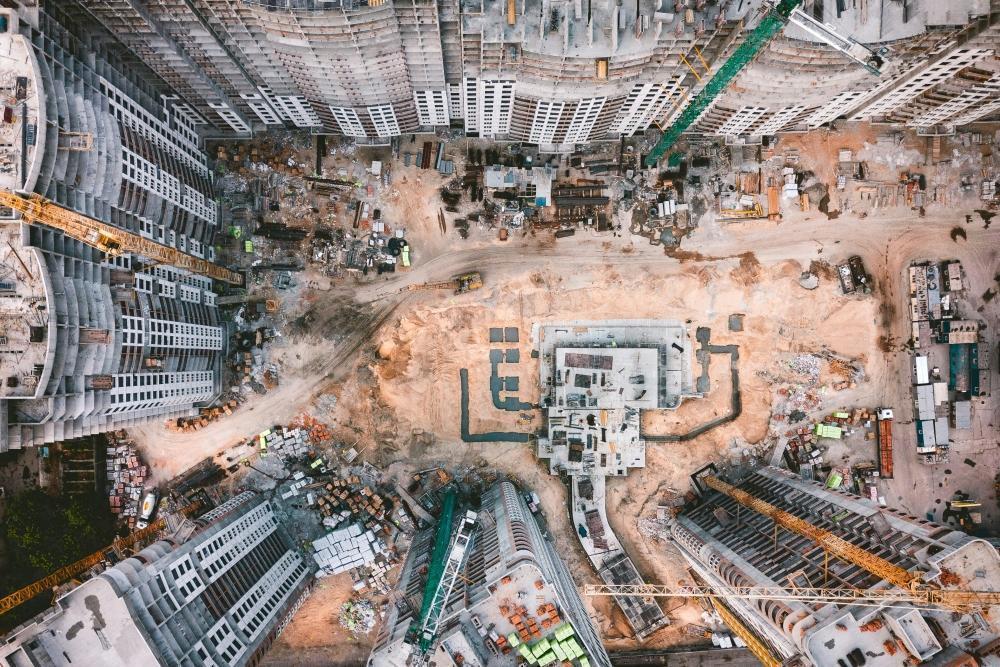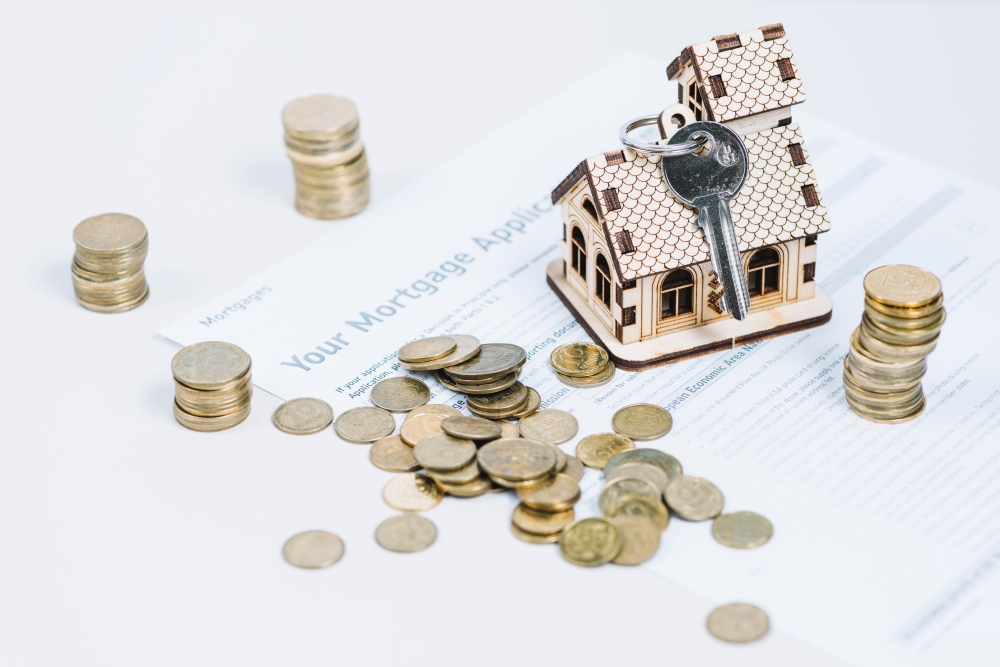
A Comprehensive Guide to Loans for BUC Properties in Singapore
Securing a property that is still under construction in Singapore’s competitive real estate market can offer various benefits, but it also comes with its own set of challenges. Understanding the nuances of loans for such properties is crucial for making informed decisions. This guide aims to shed light on the intricacies of loans for Building Under Construction (BUC) properties, helping you navigate the process smoothly.
Table of Contents
ToggleIntroduction to Loans for BUC Properties
Loans for BUC properties are specifically designed to finance the purchase of real estate that is still under construction, such as residential condominiums and mixed-use developments. These loans differ from standard home loans in several ways, including their structure and disbursement process. They cater to buyers who wish to invest in a property before it is completed, often at a lower initial cost, with the potential for property value appreciation upon completion.
Unlike traditional home loans for completed properties, under-construction property home loans have a unique disbursement process where the funds are released in stages, corresponding to the various construction phases. This staged disbursement, known as the BUC progressive payment scheme, aligns the loan with the progress of the property development.
Completion Stage | Amount Payable (% of purchase price) |
Downpayment (Option to Purchase) | 5% Cash |
Downpayment (Sales and Purchase Agreement) | 15% Cash or CPF |
Foundation Works | 10% (5% Cash or CPF / 5% Loan) |
Reinforcement Concrete Works | 10% Loan |
Brick Walls | 5% Loan |
Roofing/Ceiling | 5% Loan |
Door Frames, Window Frames, Electrical Wiring | 5% Loan |
Car park, Roads, Drains | 5% Loan |
Temporary Occupation Permit (TOP) | 25% Loan |
Certificate of Statutory Completion (CSC) | 15% Loan |
Additionally, the interest rates and repayment schedules for Building Under Construction bank loans can vary from home loans for completed properties, often offering only floating interest rates that may adjust over time as the construction progresses. Most banks will only offer fixed rates when the property reaches TOP Status. However, before you make the purchase, consider the pros and cons.
Benefits and Risks of Loans for BUC Properties
While loans for under-construction properties offer several advantages, they also come with certain risks that potential buyers need to consider. Here’s an overview of the benefits and risks of Building Under Construction loans in Singapore:
Benefits
- Lower Initial Monthly Instalments: One of the significant benefits of loans for BUC properties is the lower initial monthly instalments. As the uncompleted property follows a progressive payment scheme, the monthly instalment is only based on the disbursed loan amount.
- Lesser Interest Paid During Construction: Banks will only charge interest on the disbursed amount based on the progressive payment scheme set by developers. Hence, the impact on consumers will be less tedious in high-interest-rate environments. This is unlike a home loan for a completed property, where the full loan will be disbursed on the completion date.
- Flexible Repayment Options: Many Building Under Construction loans offer flexible repayment schedules, allowing borrowers to make partial repayments without penalty on the disbursed loan amount. This flexibility can help consumers reduce the interest payable to the banks.
Risks
- Fluctuating Interest Rates: One of the primary risks associated with construction loans is the potential for fluctuating interest rates. Most banks offer only floating rates while the property is under construction, allowing borrowers to switch to a fixed rate only once the property attains a Temporary Occupation Permit (TOP). Prudent financial planning is essential to budget properly for monthly instalments. For example, many buyers who took out a Building Under Construction (BUC) loan during the COVID-19 period enjoyed low interest rates. However, not all were prepared for the subsequent spike in interest rates, which significantly increased their monthly instalments.
- Long Completion: Unlike a home loan for a completed property, where the full loan is disbursed upon the completion date, Building Under Construction (BUC) loans follow the progressive payment scheme set by developers. This scheme introduces more potential variables, such as fluctuations in interest rates. It is advisable to select a reputable law firm to manage the loan disbursement over the several years it takes for your development to reach completion.
- Poor Repricing Options: All banks impose a cancellation fee ranging from 0.75% to 1.50% on the undisbursed loan amount if the borrower chooses to refinance with another bank. Since the full loan is only disbursed upon the development achieving Certificate of Statutory Completion (CSC) status, banks understand that the probability of borrowers refinancing elsewhere is low due to these additional costs. Consequently, while borrowers can reprice their existing mortgage loan to a new package within the same bank at any time, there is a risk that their current bank may offer a rate higher than the market rate.
Eligibility Criteria and Application Process
Securing a loan for a BUC property involves meeting specific eligibility criteria and following a detailed application process. Understanding these requirements can improve your chances of obtaining a favourable property loan in Singapore.
Eligibility Criteria
- Income Requirements: Lenders require proof of a stable and sufficient income to ensure that borrowers can meet their repayment obligations. This may include providing your payslips, CPF contributions and latest Notice of Assessment (NOA).
- Credit Score: A good credit score is crucial for loan approval. Lenders assess the creditworthiness of applicants to determine their ability to repay the construction loan.
- Down Payment: The down payment requirements for BUC property loans are in line with those for resale properties, following the regulations set by the Monetary Authority of Singapore (MAS).

Application Process
- Initial Assessment: The first step is to evaluate your financial health and prepare the necessary documents. This includes assessing your income, expenses, and overall financial stability. A pre-evaluation by a mortgage broker or banker can give you a rough idea of the loan amount you will qualify for. However, this indicative figure is not an official approval but gives you an idea of your borrowing capacity.
- In-Principle Approval (IPA): For a confirmed loan amount, you will need to apply for a formal IPA from at least one bank. The IPA process is free and non-obligatory, meaning you are not committed to taking the loan from the bank that grants the IPA. To obtain an IPA, you must submit an official application along with the required documents. The bank will run a credit check and verify your income documents before granting an IPA, which is usually valid for one month.
- Decision to Purchase: Upon receiving an IPA with a satisfactory loan amount, you can proceed to make an offer. If the loan amount is insufficient, you might need to consider a higher down payment, a less expensive property, or provide additional funds to secure a larger loan.
- Final Loan Application and Disbursement: Once the seller accepts the offer and grants an Option to Purchase (OTP), you can apply for the official loan. If interest rates from another bank are more favourable at this time, you can still switch lenders, provided the new bank can match the loan amount. Final loan approval leads to a formal letter of offer (LO), and a law firm associated with the bank will handle the remaining procedures.
Important Documents
- Income Proof: Essential documents include payslips, CPF Contribution history, and latest Notice of Assessment (NOA) from IRAS.
- Credit Report: Borrowers need not supply their own credit reports. Once an application is submitted, the bank will directly access your Credit Bureau Singapore (CBS) report to assess your creditworthiness.
- Property Details: While an IPA does not require detailed property documents, the actual loan application must include either an Option to Purchase (OTP) or a Sale and Purchase Agreement (SNP). There is no need for you to provide a construction plan or project timeline to the bank for the loan process.
Submitting the necessary documentation and meeting the requirements may increase your chances of securing the loan for your BUC property. But, if you’re wondering how much of a loan you can get from the bank, you can use our home loan eligibility calculator to determine the possibility of your loan approval.
Evaluate Your Options for BUC Property Loan with Expert Advice
Securing a home loan for an under-construction property involves understanding the various benefits and risks, meeting specific eligibility criteria, and navigating a detailed application process. By evaluating both the advantages and potential pitfalls, buyers can make informed decisions that align with their financial goals and lifestyle needs.
For expert advice and assistance in securing the best mortgage solutions, trust The Loan Connection to guide you through every step of the process. Feel free to reach out to us to learn how we can assist you in your house loan refinancing journey.
Disclaimer:
The information provided in this blog is for general informational purposes only and does not constitute financial advice. While The Loan Connection (TLC) strives to ensure accuracy, we make no guarantees as to the completeness, reliability, or timeliness of the information. Readers are encouraged to verify details independently and consult qualified professionals before making any financial decisions. TLC is not liable for any losses or damages arising from reliance on the content herein.

